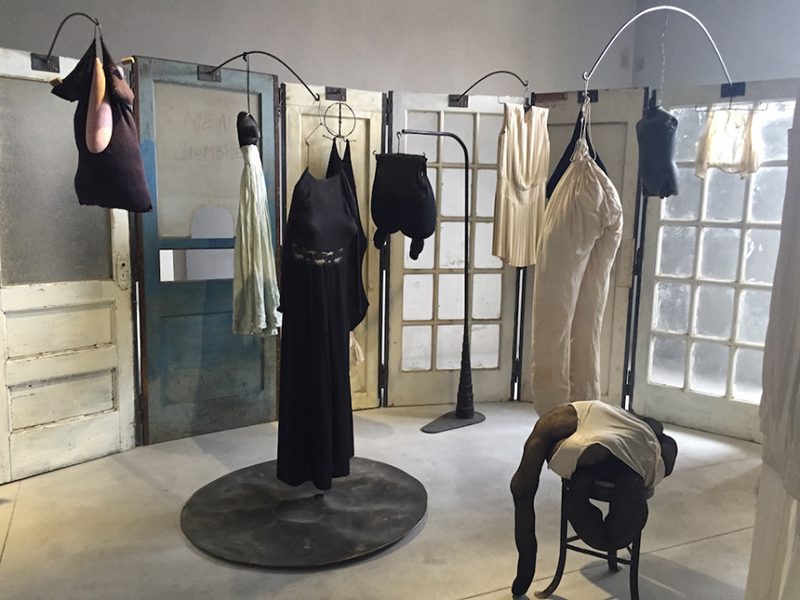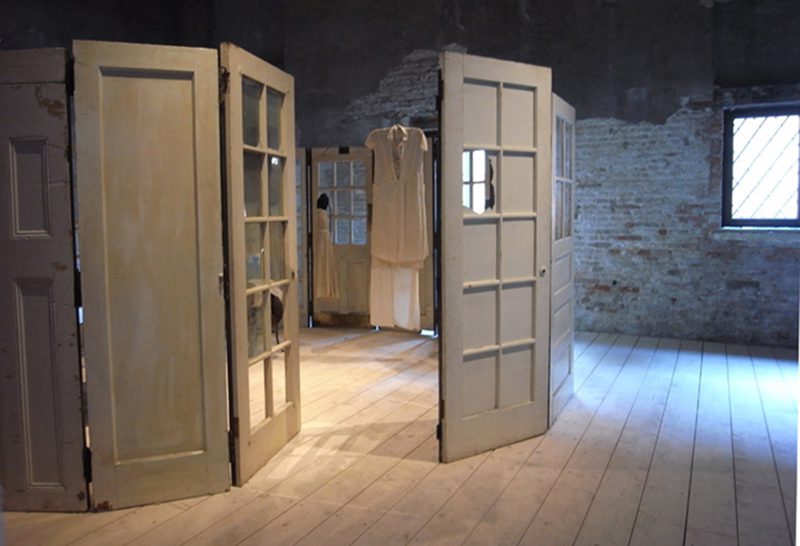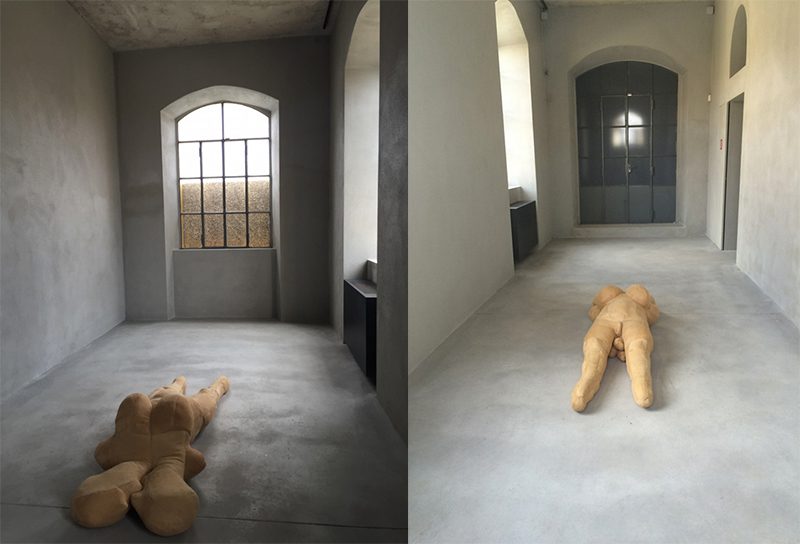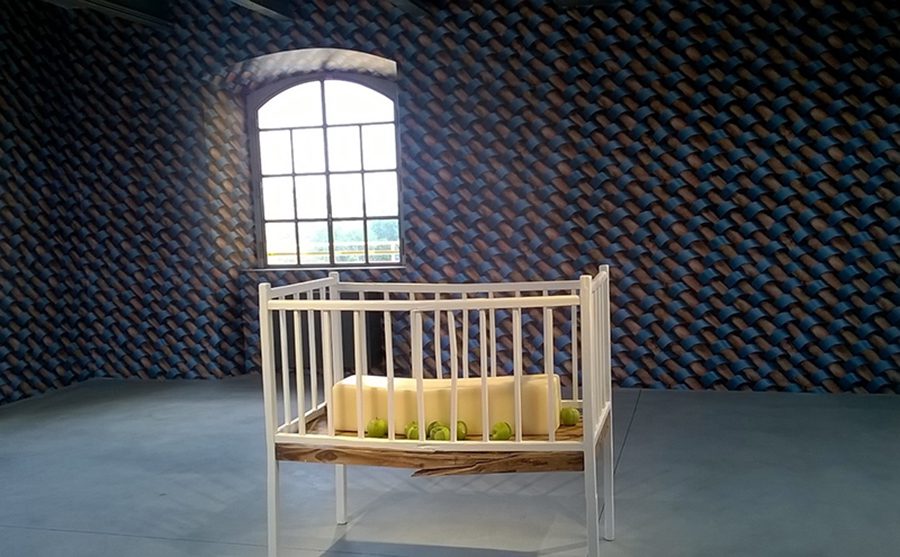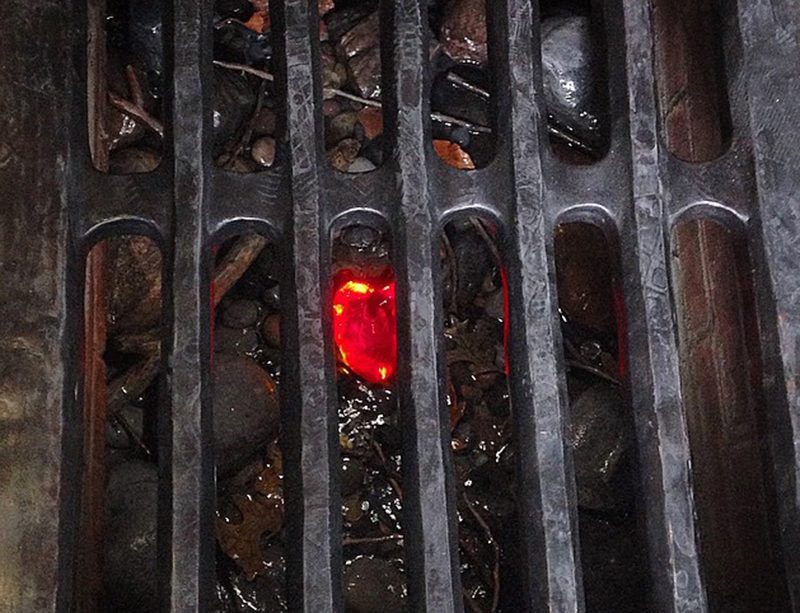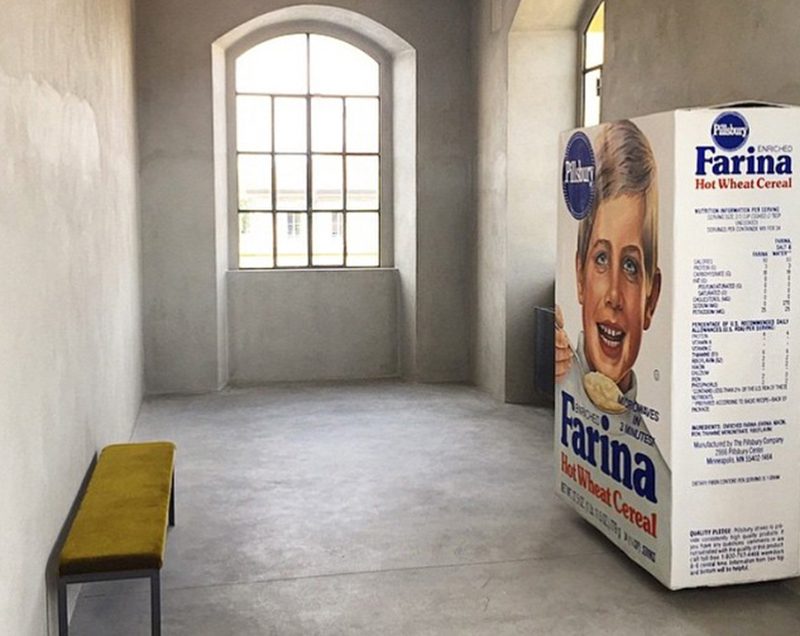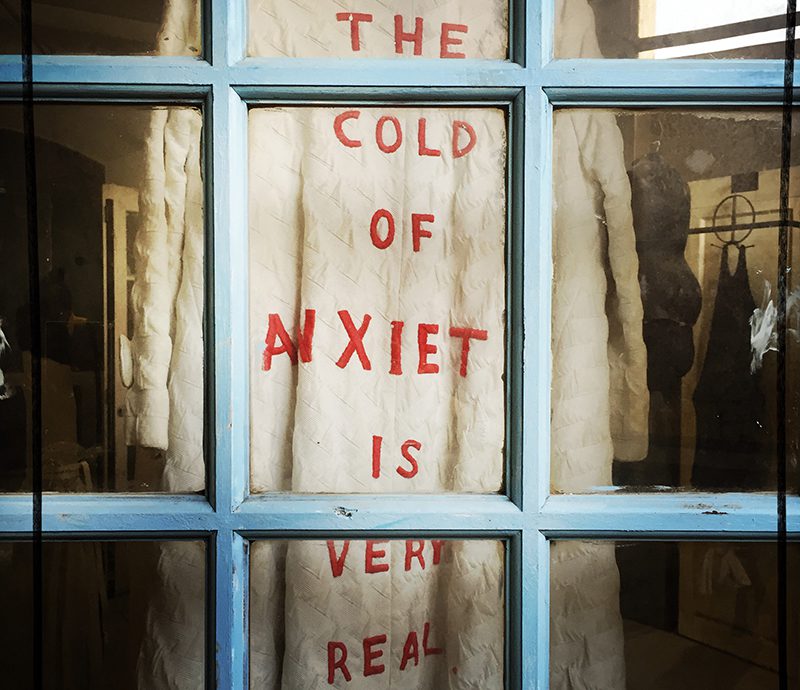ART CITIES:Milan-Haunted House of Fondazione Prada
 The Fondazione Prada in Milan is a very interesting example of conversion and reutilization of a former and abandoned industrial space into something of completely different. The architects of OMA Studio leaded by Rem Koolhaas worked to keep the original structure, adapting the existing spaces to the needs of a museum, but still giving the feeling to visitors of being in a place totally new, as if it had been built from scratch.
The Fondazione Prada in Milan is a very interesting example of conversion and reutilization of a former and abandoned industrial space into something of completely different. The architects of OMA Studio leaded by Rem Koolhaas worked to keep the original structure, adapting the existing spaces to the needs of a museum, but still giving the feeling to visitors of being in a place totally new, as if it had been built from scratch.
By Efi Michalarou
Photo: Fondazione Prada Archive
Like the whole Fondazione Prada site, the Haunted House is part of a former distillery complex dating back to the 1910s. Without transforming the original volumes, the architecture project has preserved and enhanced the building by reinforcing the structure and gilding its external surface. Big windows highlight a strong relation with the external urban landscape and the adjacent buildings, but at the same time the sequence of single rooms preserves an intimate spatial scale. This building, so-called because of its particular, supernatural energy, is the perfect setting for a permanent installation by American artist Robert Gober, whose uncanny and faintly disturbing works punctuate the four modest-sized floors. A baby’s cot contains a slab of what appears to be wax and some apples, beneath a drain in the floor lies a glowing heart. Connections are drawn between his work and that of the late Louise Bourgeois, represented here with two seminal works from the Prada Collection, “Cell (Clothes)” from 1996) and “Single III” (1996), a fabric sculpture, both in terms of their architectural structures and gothic overtones. On the higher floors of the building, Gober, whose work explores sexuality, relationships, nature, politics, and religion, combines historical art works such as “Untitled” an oversize Farina box on display on the second floor, with new ones such as “Original Model for Top Floor of the Haunted House” (2014). By using everyday elements the artist creates hybrid objects: “Arms and Legs Wallpaper” (1995–2015) refers to a recurring pattern within the artist’s practice, while portions of architecture, such as “Corner Doors and Doorframe” (2014–2015) or the bronze drain “Untitled’ (2014–2015), are here dislocated and therefore estranged, despite containing elements familiar to everybody.

